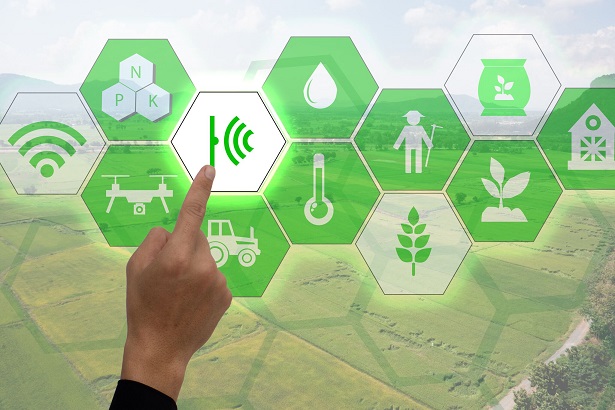
Like any business, agro works with three main pillars: reducing production costs, maximizing profits and increasing productivity. Cost reduction can be considered one of the most important as it directly impacts the work flow of the rural producer. Today, for example, a farmer invests about 15 to 30% of the total cost of fuel just to move equipment - that is, if he pays a thousand reais for fuel, he can spend up to three hundred reais just in travel.
Agribusiness has yet another peculiarity: seasonality. As a whole, the agricultural landscape changes every seven years, increasing or decreasing its profitability. In some years specific crops such as coffee or corn are very good, but in the following year this situation can change completely. Without proper management, this fluctuation can be very damaging to the farmer, since he needs to know how and how much to save during positive harvests, so that the low season does not bring so much damage. When good harvests return, he can recover faster, in a truly sustainable business. Therefore, management programs aimed at the field must be practical, intuitive, easy and encompass all of this, so that the producer can reduce costs and maximize profit.
To talk about productivity, we still need to look at the evolution of technology in agribusiness. Today, the rural producer invests in drones to take field readings, in machines that harvest automatically and in a series of other innovations, but often it still lacks the management and control of all this production. There is no point in having machines collecting information and sending everything to the cloud, if there is no one or anything that turns this data into subsidies to be used in the field.
Recently, a Senior client approached us and asked for a management solution per square meter. We heard this concept for the first time in June last year and we were speechless. We are talking about a large producer, with 140 thousand hectares, who directly asked for “management of space per square meter”. Then you think of the size of a hectare, which is equivalent to a block in a city. So he has 140,000 blocks of property and talks about managing every square meter. How is this possible? With technology and management. It is the only way to achieve this.
An animal with many heads called agribusiness
We know that dealing with agribusiness is not easy. In addition to the distances being very large, we have day-to-day challenges that are out of control, such as climatic phenomena, pests and parasites that can compromise an entire crop, so everything has to be very well controlled, from the business point of view, and management administration must be thorough in each stage of the chain. Consequently, technology must reflect this demand. Today, by using management applications and programs, a producer is able to view the total hectares planted, his productivity per farm and / or per planted area, the average number of bags per hectare and the maps with the areas separated by activity, among other functions , visualizing where the problems are, where productivity is higher or lower, and what needs to be done.
Another very important factor - and one that is often overlooked - is multi-currency management. For example, if the customer has many purchases in dollars and few sales in the same currency, the management program must inform the probability of deficit, so that the producer has time to review contracts and activities, so as not to be exposed and susceptible to that. currency.
However technological your product may be, it must not be forgotten that the farmer still highly values partnership, trust and the handshake with an “eye to eye”. So it is necessary to know the scenario and history of each company with which you do business - new or existing.
A brief history of agriculture in Brazil
Agribusiness has evolved a lot in the last 40 years. It all started when immigrants came to Brazil and brought all the European knowledge of agriculture. Then it appeared in the South of the country and went to other States: Paraná, Mato Grosso do Sul, Mato Grosso, São Paulo, MATOPIBA (Maranhão, Tocantins, Piauí and Bahia). If you put this whole trajectory on paper, the evolution of the field has taken a leap since the 1980s. In the last twenty years alone, agribusiness has grown 37% in area and 176% in production. In the next ten years, the growth projection is around 15% in area and 30% in production. That is, the agro manages to use less and less area and increase productivity more and more. That we still have tens of millions of hectares to be explored in Brazil.
In 2050, we will be 9.6 billion people and Brazil will be responsible for 40% of the agribusiness market in the world. We will be the breadbasket of the world. So there will always be investment in this business. It doesn't matter what your line is in the agro: you can invest in that segment that the opportunities will certainly arrive.
Disclaimer: The opinion presented in this article is the responsibility of its author and not of ABES - Brazilian Association of Software Companies.












